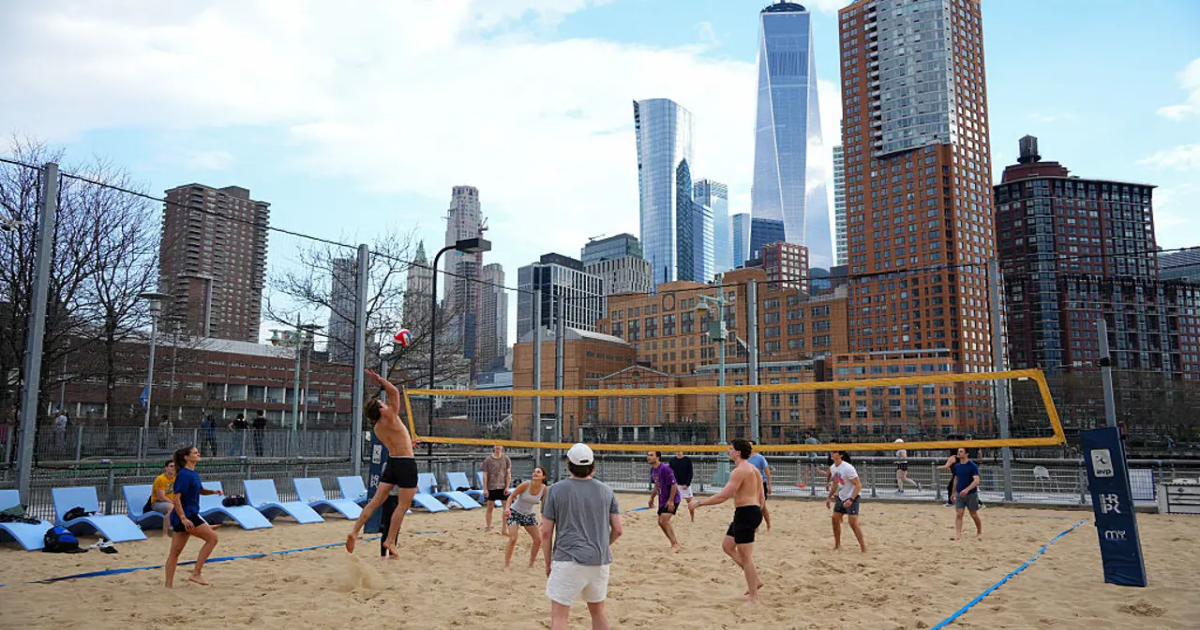NEW YORK – The Tri-State area is experiencing wild temperature swings, with weather shifting dramatically from cold to warm in a matter of hours.
But what’s causing this weather whiplash? Well, look to the jet stream.
What we know:
The recent weather rollercoaster — cold mornings followed by 70-degree afternoons — is being caused by the jet stream, a fast-moving river of air about 5 to 9 miles above Earth’s surface. This current of high-altitude wind plays a major role in shaping the weather across North America.
As Earth tilts toward the sun during the spring transition, the jet stream begins to move northward. That shift allows warmer air from the south to flow into the Tri-State area — but not consistently.
“I think in the last couple of weeks we’ve seen a lot of temperature fluctuations, the pattern has been very volatile,” said John Homenuk, meteorologist with New York Metro Weather. “And a lot of that is just the transition that we’re going into spring.”
What is the jet stream?:
The jet stream forms at the boundaries between cold and warm air masses — typically where polar and tropical air meet. It flows from west to east and acts as a kind of atmospheric steering wheel, pushing weather systems across the country.
When the jet stream dips south, cold Arctic air can reach areas much farther south than usual. When it retreats north, it opens the door for warm, humid air to move in from the Gulf of Mexico or southern U.S.
In spring, the jet stream becomes especially active, shifting frequently and allowing quick changes in temperature and storm activity.
By the numbers:
The volatility has been extreme. Last Saturday, a backdoor cold front caused a 26-degree temperature drop in just one hour in parts of the Tri-State area.
“The ocean is cold still this time of year,” Homenuk explained. “And when we warm up the air over the landmass, despite it being 75 degrees there, the ocean is still really cold. So all it takes is a little wind shift, and that ocean air comes flowing back in, and that creates a frontal boundary. Those backdoor cold fronts can change the weather very quickly.”
What’s next:
Expect the pattern to continue for several more weeks.
“It’s probably late April, maybe early May, when things start to settle in a little bit,” Homenuk said. “Then we’ll be in a little bit more of what I would consider a typical spring pattern.”
Until then, it’s best to keep both your winter coat and sunglasses within reach.
